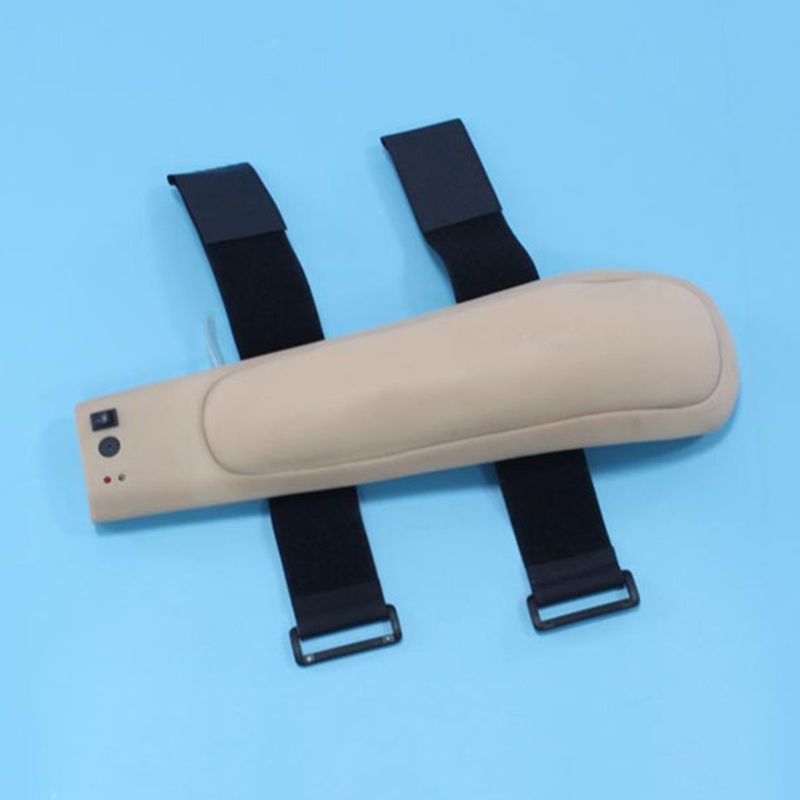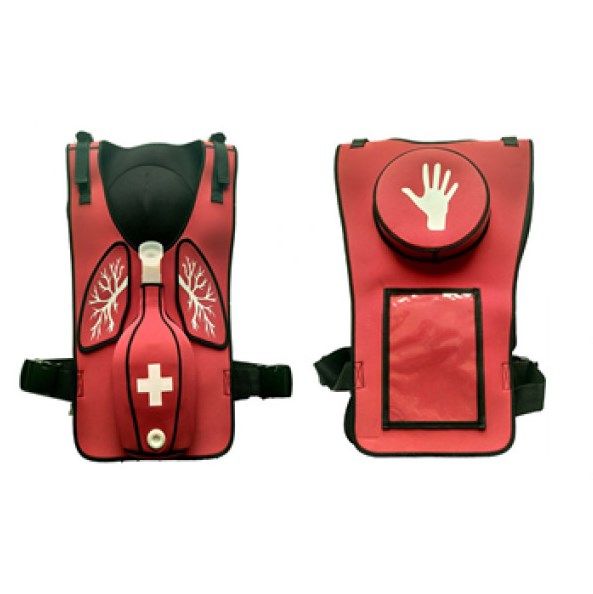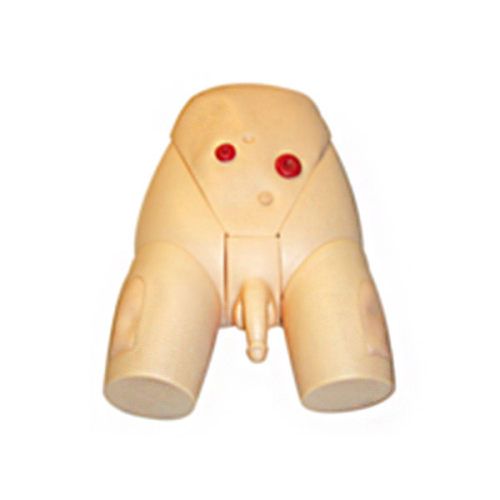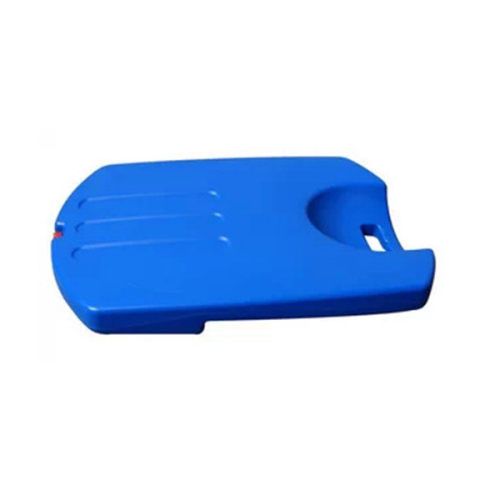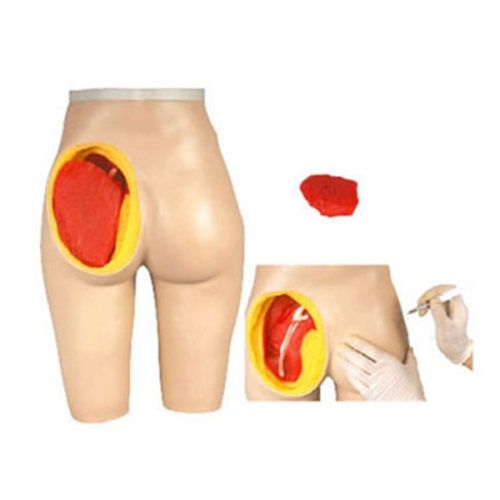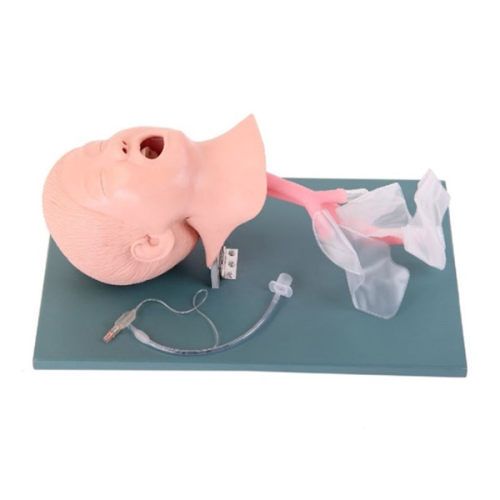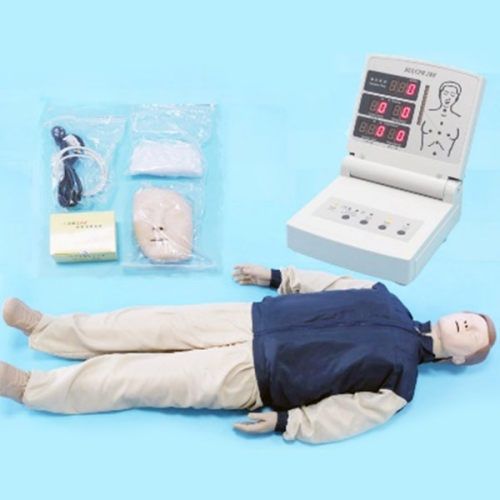Nursing education has evolved rapidly to keep up with the complex demands of modern healthcare. As technology advances, so does the way nurses are trained, particularly with the introduction of simulation-based learning. Among the most significant innovations in this area are high-fidelity simulation manikins—lifelike, responsive models that mimic real patients. These sophisticated tools provide nursing students with the opportunity to practice critical skills in a safe, controlled environment, without the risk of harming actual patients. Here we delves into how these advanced simulation manikins enhance nursing competencies, focusing on their features, the types of scenarios they simulate, and the key skills they help develop.
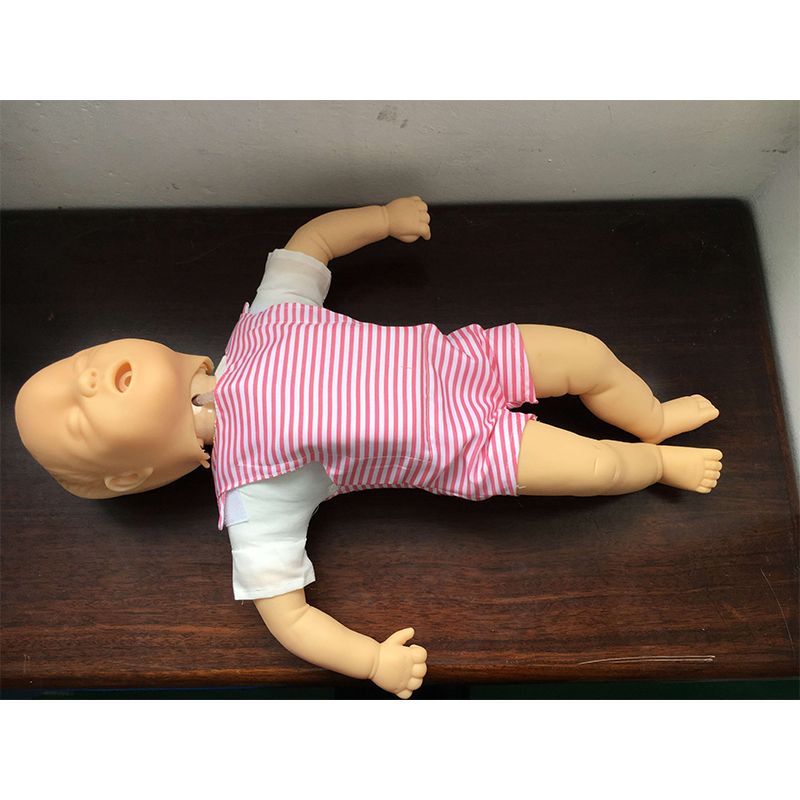
What Are High-Fidelity Simulation Manikins?
High-fidelity simulation manikins are highly advanced, realistic models that simulate the human body’s responses to medical interventions. These manikins are far more than just life-sized dolls; they are equipped with a variety of features that allow for complex medical scenarios to be replicated in detail.
Features of High-fidelity Manikins
High-fidelity manikins are designed to closely mimic human anatomy and physiology. Some of the key features include:
- Realistic anatomy: These manikins come with detailed anatomical features, including skin, veins, muscles, and organs that allow for accurate medical procedures.
- Physiological responses: High-fidelity manikins are capable of mimicking vital signs like heart rate, blood pressure, respiratory rate, and oxygen saturation. They can also simulate conditions such as shock, cardiac arrest, and respiratory distress.
- Interactive capabilities: Many manikins can interact with the healthcare team by speaking pre-programmed phrases or responding to touch. This helps train nurses in patient communication.
- Sensor feedback: Some manikins provide real-time feedback to students, such as whether they have performed a procedure correctly, enabling immediate learning and adjustment.
These features enable students to practice their skills in a controlled environment, without risking harm to real patients.
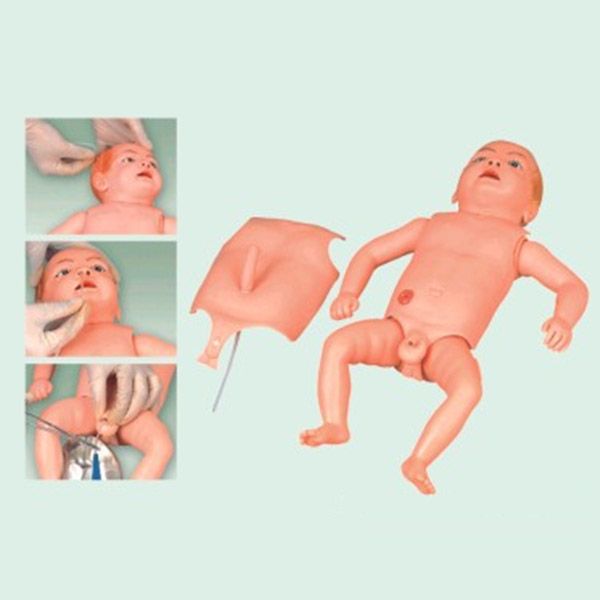
Types of Scenarios They Can Simulate
High-fidelity manikins are versatile tools used to simulate a wide variety of medical conditions and emergency situations. Some common scenarios include:
- Cardiac emergencies: Manikins can simulate a heart attack or cardiac arrest, requiring students to perform CPR, defibrillation, or medication administration.
- Trauma care: Simulations may include scenarios like car accidents or falls, allowing nurses to practice wound care, stabilization, and hemorrhage control.
- Maternal and neonatal care: High-fidelity manikins can simulate labor and delivery, as well as neonatal care, enabling students to practice birthing techniques and newborn resuscitation.
- Respiratory distress: Manikins can exhibit symptoms of respiratory failure, enabling nurses to practice intubation, oxygen administration, and mechanical ventilation setup.
By simulating these realistic scenarios, high-fidelity manikins allow nursing students to gain practical experience in handling both common and critical situations in a risk-free environment.
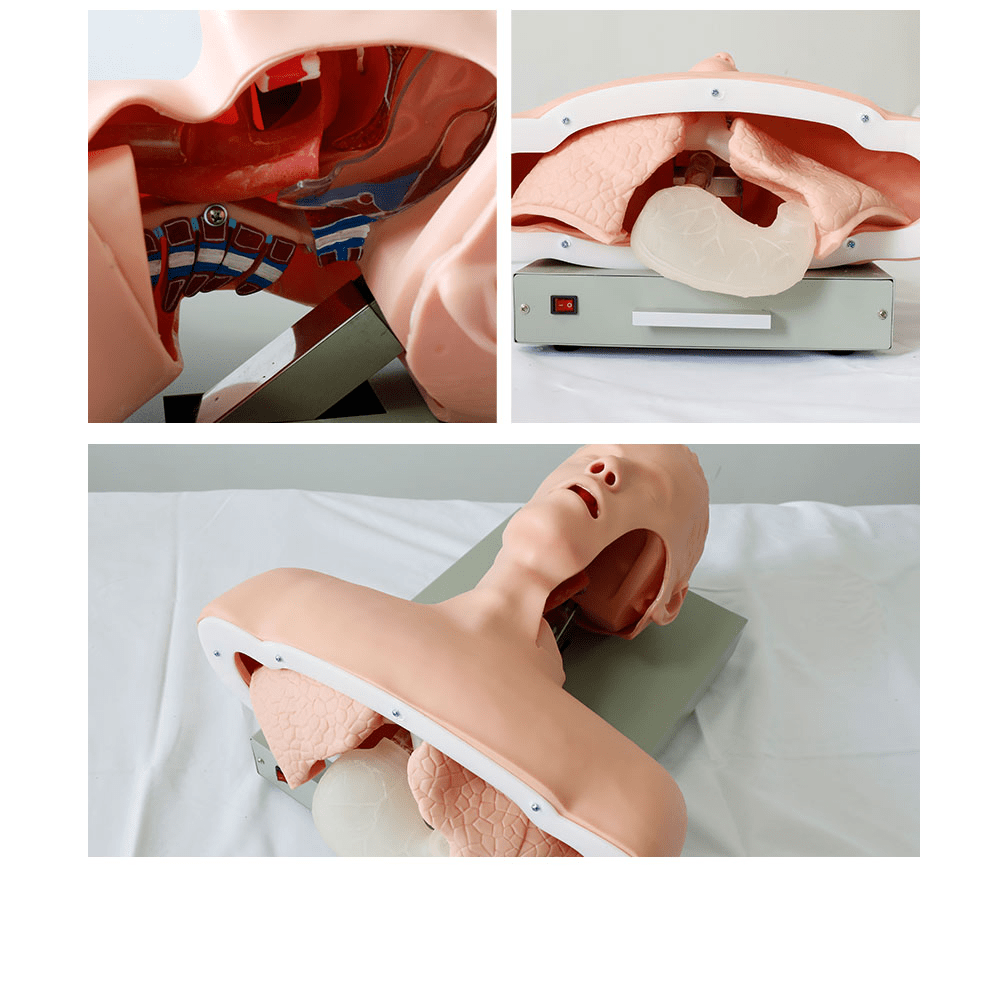
Key Nursing Competencies Developed Through High-Fidelity Simulation
High-fidelity simulation manikins play a pivotal role in developing essential nursing competencies. These competencies encompass a range of skills that are critical for delivering high-quality, safe patient care.
Clinical Judgment and Decision-Making
In healthcare, the ability to make quick and informed decisions can be a matter of life or death. Simulation manikins help nurses develop clinical judgment by presenting them with scenarios where they must assess a patient’s condition, prioritize interventions, and decide on the appropriate course of action. Nurses can practice responding to evolving situations, such as a sudden drop in blood pressure or the onset of seizures, helping them refine their decision-making abilities under pressure.
Critical Thinking and Problem-Solving
Critical thinking is the backbone of nursing practice, allowing healthcare professionals to analyze situations, identify potential problems, and develop effective solutions. High-fidelity simulation enables nurses to practice this by presenting complex, multifaceted scenarios where they must think critically to identify the underlying issue and apply the right treatment. These scenarios encourage a deeper understanding of patient conditions and the nursing interventions required to manage them.
Technical Skills
Simulation manikins are invaluable for developing and perfecting a wide array of technical skills. From basic procedures like taking blood pressure and inserting catheters to more advanced techniques such as intubation or administering IV medication, nurses can repeatedly practice essential clinical skills until they are confident. High-fidelity manikins provide realistic practice opportunities, allowing nurses to hone their hands-on techniques before interacting with real patients.
Communication and Teamwork
In any healthcare setting, effective communication and collaboration among the medical team are vital to delivering high-quality care. Simulation manikins are often used in team-based scenarios, where nurses must work with physicians, technicians, and other team members. These scenarios help nurses practice clear, concise communication, delegation of tasks, and collaborative decision-making, all of which are crucial for functioning in a fast-paced clinical environment.
Through repeated exposure to high-fidelity simulation scenarios, nursing students can improve their confidence, clinical acumen, and ability to deliver safe, competent care.
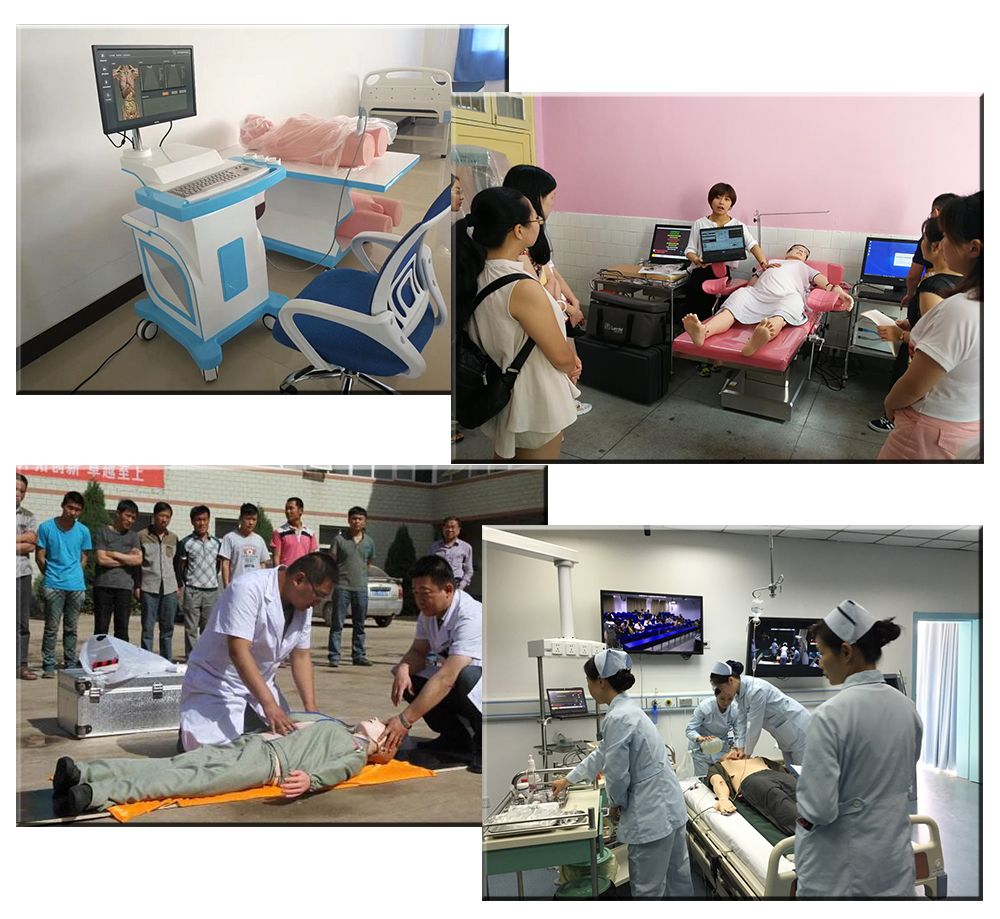
As healthcare continues to grow more complex, the use of high-fidelity manikins ensures that nurses are well-prepared for the challenges they will face in their careers. In the end, these enhanced competencies contribute to better patient care, improved safety, and higher overall healthcare standards. By integrating high-fidelity simulation into nursing curriculums, educators can ensure the next generation of nurses is equipped to handle the demands of modern healthcare with confidence and skill.
